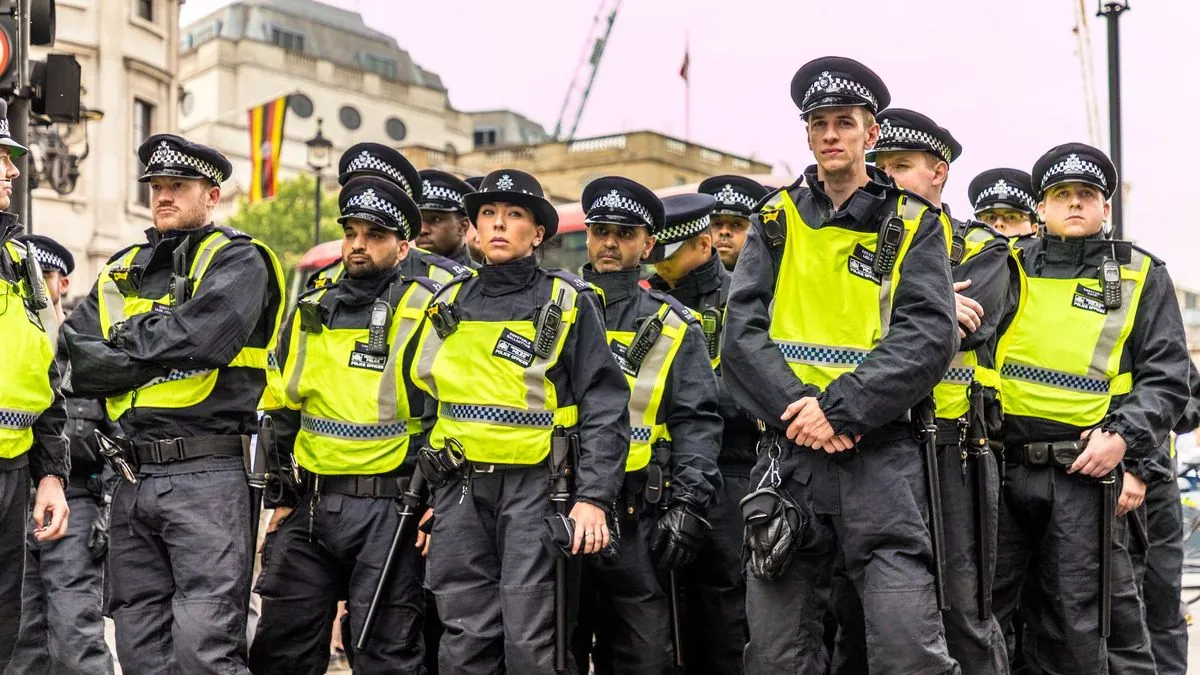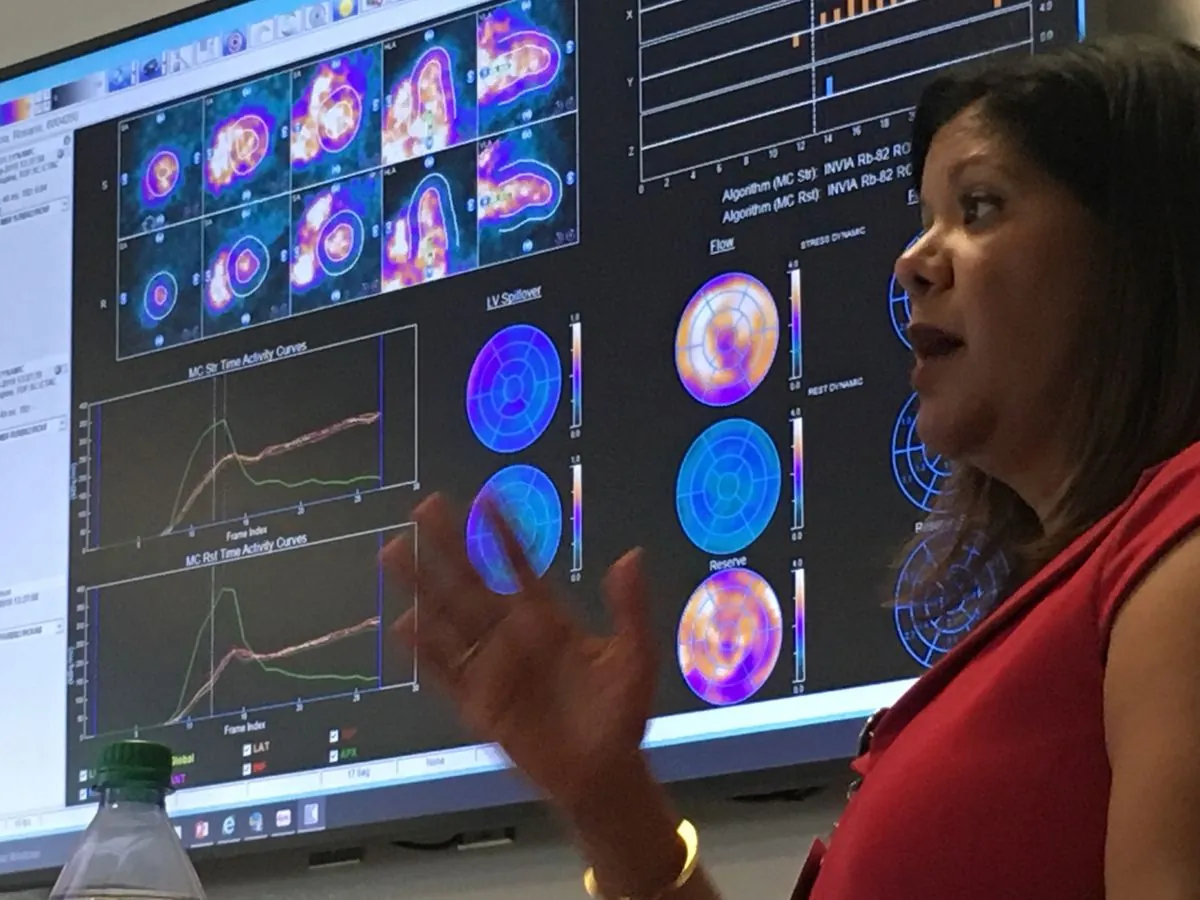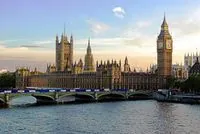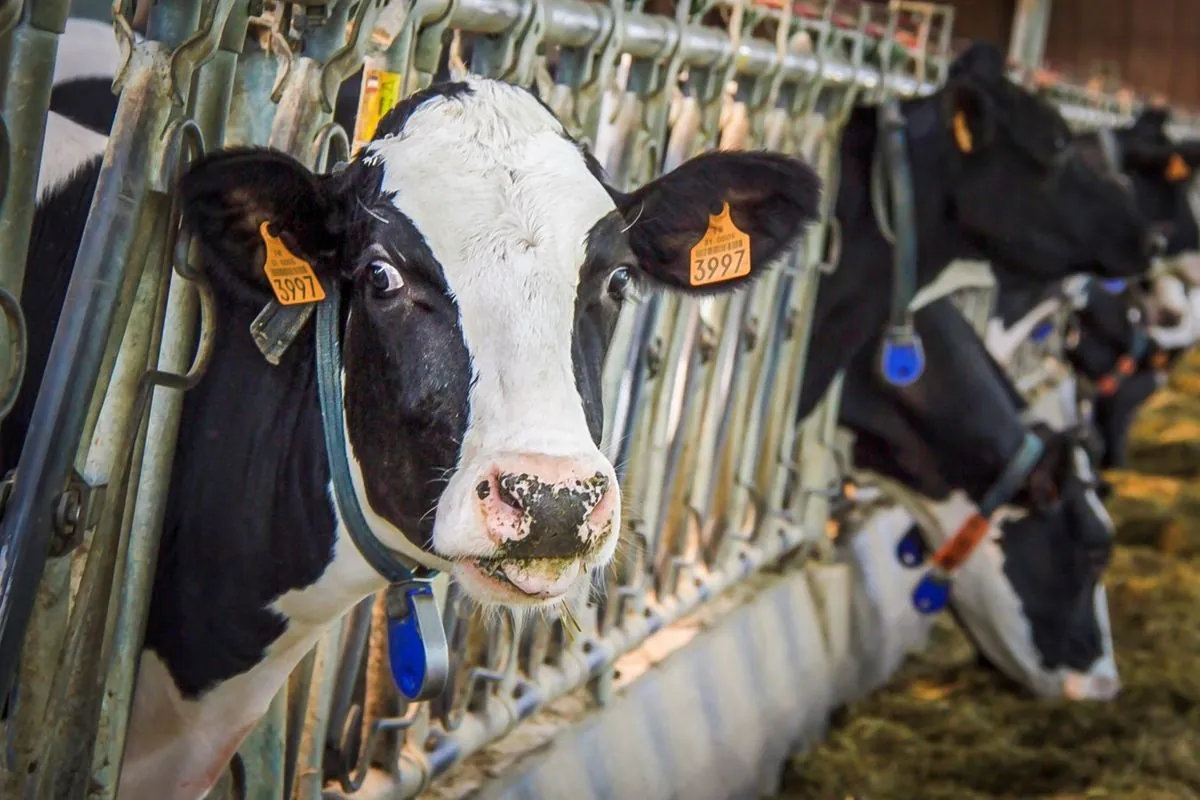UK Sky Watchers on Alert for Possible Northern Lights Display
Met Office forecasts ideal conditions for viewing the Northern Lights in parts of the UK. Clear skies and recent solar activity increase chances of aurora sightings in Scotland, Northern Ireland, and northern England.
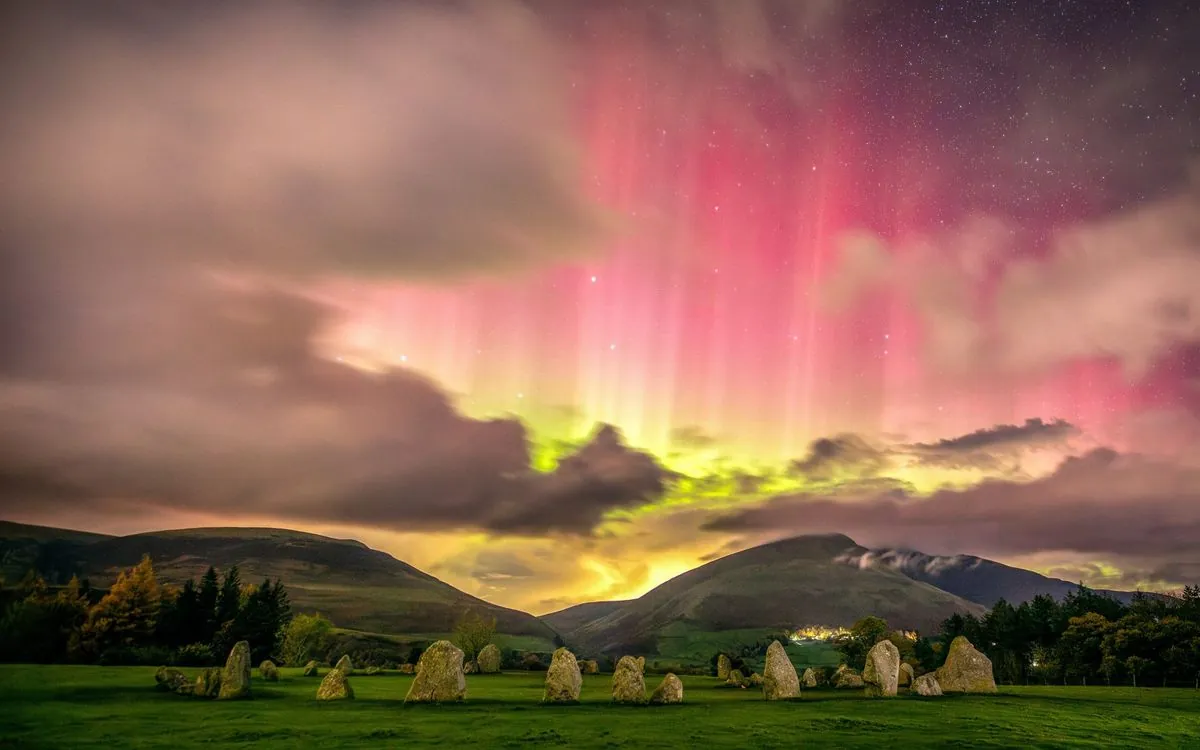
The Met Office has alerted UK residents to a potential Northern Lights display, with optimal viewing conditions expected on the night of September 12, 2024. This celestial phenomenon, scientifically known as aurora borealis, results from solar activity and offers a mesmerizing spectacle of colorful lights in the night sky.
Aurora hunters across the nation are preparing to witness this elusive natural wonder. The best chances for observation are in Scotland, Northern Ireland, and northern England, with the possibility of sightings extending as far south as the north Norfolk coast. Jonathan Vautrey, an operational meteorologist at the Met Office, advises that the early hours of September 13 may provide peak visibility.
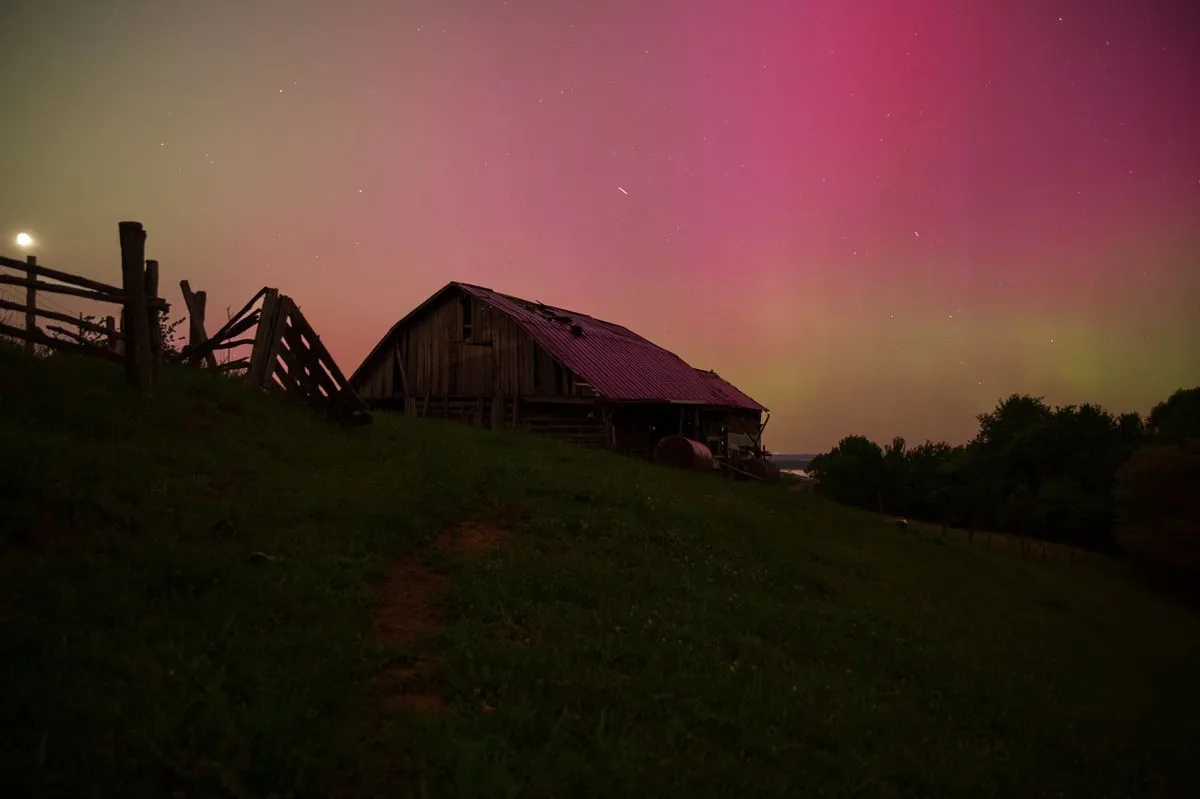
For those eager to capture this ethereal display, photography enthusiasts recommend using a tripod and remote shutter release to ensure stability. A wide-angle lens between 35mm and 14mm on a full-frame camera can help frame more of the sky. Setting the camera's white balance to 3500k and using RAW file format can enhance color capture. Experts suggest starting with an ISO of 1600 or 3200, an aperture of f/2.8 or f/4, and a shutter speed of 8 to 15 seconds, depending on the aurora's brightness.
It's worth noting that auroras have been observed and studied for centuries. The first successful photograph of the Northern Lights wasn't taken until 1892, more than five decades after the invention of photography. Today, advanced technology allows for much more detailed documentation of this atmospheric phenomenon.
Auroras occur when charged particles from solar winds interact with molecules in Earth's upper atmosphere, typically between 60 and 250 miles above the surface. The colors produced depend on the types of gases present in the atmosphere. Interestingly, auroras are not unique to Earth and have been observed on other planets in our solar system.
While the aurora borealis offers a breathtaking visual experience, it can also impact technology. The National Oceanic and Atmospheric Administration (NOAA) has classified this event as a G2 or moderate geomagnetic storm. Such events can potentially disrupt power grids, satellite operations, and radio communications.
For optimal viewing, experts recommend finding a dark location away from city lights. The aurora's visibility can extend up to 1000 km under ideal conditions, making it potentially observable from various parts of the UK. However, those in southern regions may need to rely on cameras or telescopes for a clear view.
As sky watchers prepare for this potential display, it's important to remember that auroras have held significance in various cultures throughout history. Some have associated these lights with spiritual or mythological meanings, adding a layer of cultural richness to this natural spectacle.
"While there is a moderate geomagnetic storm in progress, the activity is not expected to be strong enough to result in aurorae visible from the UK, whether with the eye or with a camera. The activity is far below that which produced the dramatic display seen earlier this year."
As the night approaches, UK residents are encouraged to keep an eye on the skies. Whether visible to the naked eye or captured through a lens, the potential aurora display serves as a reminder of the dynamic relationship between our planet and the Sun, offering a glimpse into the wonders of our solar system.







